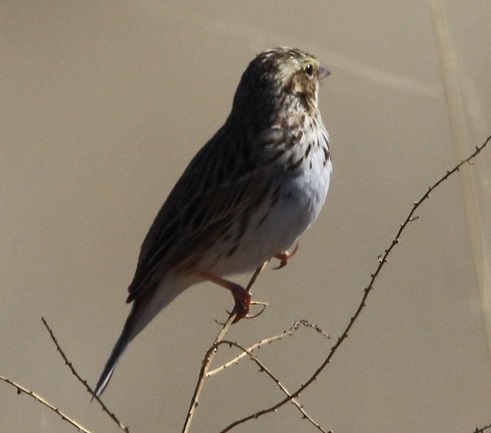February 19, 2022 – Willcox, Arizona
In arid areas like southeastern Arizona, water is especially important. Not least of all is its ability to support wildlife, and a wide range of it. Lake Cochise, just east of the town of Willcox, is one of the biggest bodies of water in the region. Located in the Sulphur Springs Valley, an 80-mile-long region stretching from north of Willcox to the Arizona-Mexico border, the lake supports a number of different species of birds and other animals throughout the year. Nancy and Gunther and I visited Lake Cochise in mid-February.


The town of Willcox hosts an annual event each January, Wings Over Willcox, that attracts bird enthusiasts from around the world. In one year, attendees saw 146 different species of birds, ranging from great horned owls to chipping sparrows.
However, Lake Cochise is best known as a primary winter stop for migratory sandhill cranes. Many thousands of cranes spend the winter each year around the lake, with the highest populations present between the months of November and February. In 2008, the Arizona Game & Fish Department counted more than 36,000 sandhill cranes in the area – the highest number ever recorded.

Two groups of cranes spend the winter in the Sulphur Springs Valley: the Rocky Mountain and Mid-Continent populations. The Rocky Mountain group has about 20,000 birds and nests in Wyoming, Montana, Utah, and Alberta, Canada. This is the population that has a major migration stopover in Colorado’s San Luis Valley; the town of Monte Vista has its own crane festival each year to commemorate the event.


The Mid-Continent population of sandhill cranes has about half a million birds and nests in northern Canada and Siberia. This population has a major migration stopover in the Platte River Valley near Kearney, Nebraska. That town, too, has a festival each year – Nancy and I enjoyed a visit there some years ago where we were first introduced to sandhill cranes from an Audubon Society blind next to the river. We also saw and heard sandhill cranes during our stays last year in Albuquerque through Las Cruces, New Mexico.







We had a great time at Lake Cochise, and we encourage everyone to attend a sandhill crane festival if one’s about — the cranes are a lot of fun to watch, and there are always other species to enjoy if cranes aren’t your thing.

Leave a comment